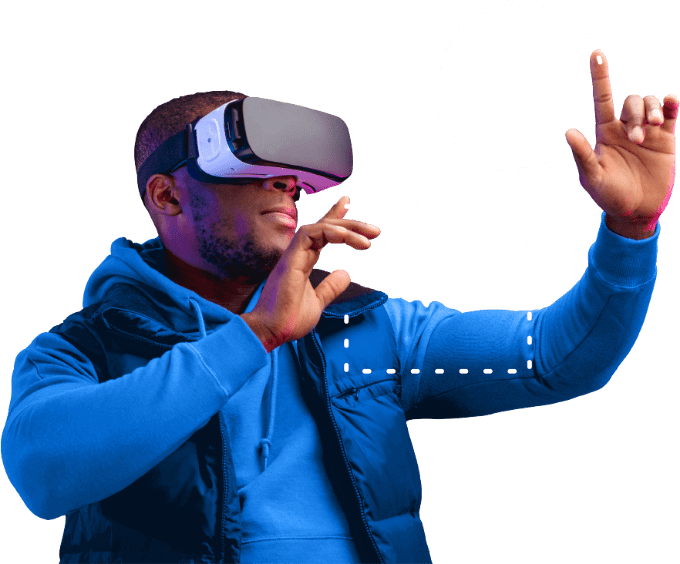The Coles, Lutman & Buffin (CLB) Guidelines are crucial to the diagnosis of noise-induced hearing loss. They can provide clarity for an industrial disease which is otherwise difficult to assess. However, as NIHL claim numbers increase to unforeseen proportions we see more of the borderline cases which push the guidelines to their limits.
Note 3 of the CLB Guidelines relaxes the diagnostic criteria for NIHL where there are multiple audiograms. The characteristic bulge need only be 7dB to permit a proper diagnosis of noise-induced hearing loss in these cases.
Some claimant preferred medical experts now ‘rest’ claimants after an initial audiogram, and then bring them back for a second test. This can permit a diagnosis of NIHL where the initial audiogram did not. This is consistent with the guidelines and may leave defendants in some difficulty. As ever, the devil is in the detail. Defendants must remember that Note 3 is applicable to R3(a) only. Unless the claimant can prove a noise immission level (NIL) of 100dB, he will not qualify. Multiple audiograms cannot be used to drag him over the line.
Where defendants suspect unreliable audiometric evidence, repeat testing becomes their friend. Responses to pure tone audiometric testing are subjective. The ‘hearing loss’ itself should be consistent. The evidence needed is that which is suitable and proportionate to allow a finding as to the cause of the claimant’s hearing loss. Hartley et al 1973 found that repeat audiometry can improve the reliability of result and who doesn’t prefer reliability?
Arguments about asymmetry are also becoming more common. Note 11 of the CLB Guidelines says that:
In all of these cases, a claimant must prove his claim on the balance of probabilities. A possibility cannot meet the burden of proof required in law.
The CLB Guidelines were recently applied to asymmetry in Cran v Perkins Engines Ltd (2012). The judge rejected the claimant’s attempt to use alternative research to refute the guidelines’ recommendations. On the basis of this decision at least, it seems that the guidelines are king. Or are they?
It must be borne in mind that the CLB Guidelines are just that, guidelines. They state themselves that: “guidelines are a matter of judgement. They should be interpreted as guides, not rigid rules.” Many claimant experts argue that the guidelines under-analyse noise-induced hearing loss and leave too many claimants struggling to prove causation. Some defendant experts contend that the guidelines in fact over-analyse noise-induced hearing loss and should be approached with caution. Each case will turn on its own facts and the quality of the expert evidence available.
Proper resolution of this kind of difficult technical question relies upon each party being allowed access to their own medical evidence. As the Jackson reforms bed in, defendants are finding it more difficult to obtain permission for their own medical evidence, particularly on the basis of proportionality. The key for defendants is to explain the arguments on causation and persuade the court that there is a genuine dispute which must be heard. The courts often expect that Part 35 questions of the claimant’s expert are raised before leave is given to rely on further evidence. This is despite the fact that Part 35 is only supposed to be used to ‘clarify’ an expert’s report. Sometimes, we just have to play the game.
Pre litigation claims handling must include identifying these issues and raising questions of the medical expert. The earlier that these points are identified, the more likely a court is going to be sympathetic to a request for separate reports. CPR P35.1 provides that expert evidence shall be restricted to that which is reasonably required to resolve proceedings. The court must be persuaded that these are difficult and controversial issues. Claims cannot be nodded through.
Claims for noise-induced hearing loss are by their very nature historic. Evidence about breach of duty can be for defendants to get. Causation becomes even more important. A keen focus on the guidelines and a willingness to fight for further evidence pays dividends.
Richard Thompson

The service you deliver is integral to the success of your business. With the right technology, we can help you to heighten your customer experience, improve underwriting performance, and streamline processes.